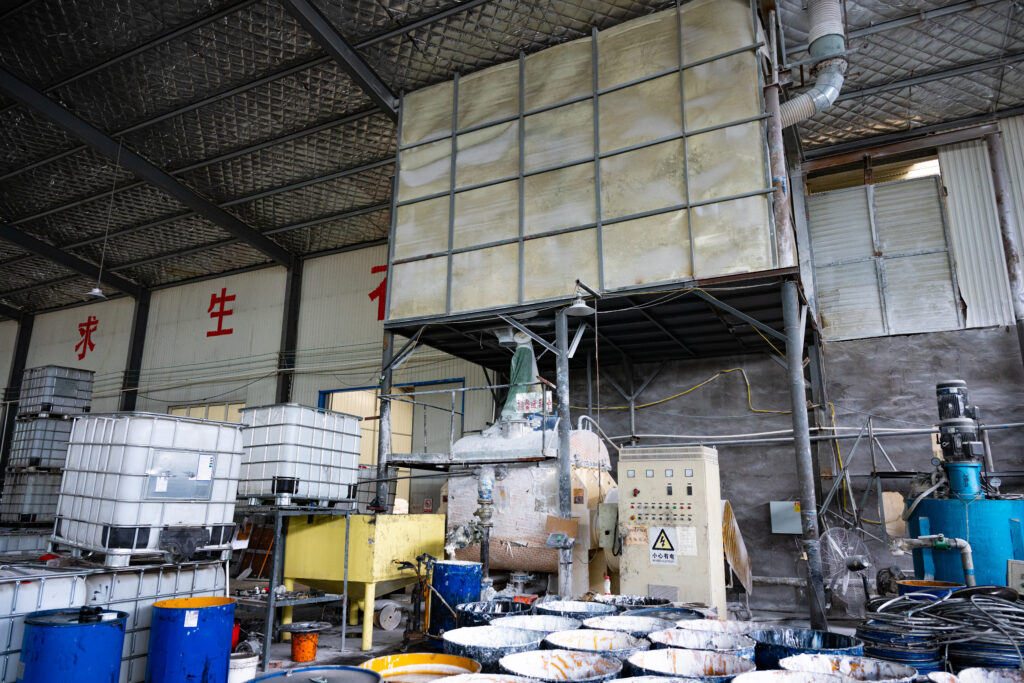Silicone sealants are often regarded as the go-to option for use in construction and remodeling because of their remarkable flexibility, ability to withstand different weather conditions, and longevity. However, when applied to wood—a naturally porous and dynamic material—some complications arise. Knowing these challenges enables one to choose effective solutions from a trustworthy wood silicone sealant supplier or manufacturer which is critical for attaining the right enduring outcomes.
1. Adhesion Challenges Between Silicone and Wood
Silicone vs. Wood: A Complex Interaction
Silicone is known for its elasticity and water-resistance properties, while wood tends to expand or contract with temperature changes. The latter’s expansion along with silicone’s inability to permeate the porous structure of wood hinders effective bonding.
Better Alternatives for Wood Applications
Professionals often resort to hybrid sealants, modified silicone, or other wood-specific silcone alternatives because they have better adhesion and silicone shrinkage makes room for the natural movement of wood. Noid adhesives are specially engineered for these purposes making them available through wholesale wooden silicone sealant suppliers.
2. Silicone Removal Difficulties
The Risks of Improper Removal
Removing silicone from wood surfaces poses problems, escaping contrained bounds could lead to unwanted damage resulting in unsightly blemish s on the surface which greatly reduce aesthetics value in regard to appearance off the timber material used.
Safe and Effective Removal Techniques
Use plastic scrapers to avoid scratches, and apply silicone removers or softening agents to loosen the sealant. Leading wood silicone sealant factories often provide product-specific removal guidelines to prevent surface damage.
3. Paint Compatibility Issues
Why Silicone Rejects Paint
Silicone’s smooth, non-porous surface prevents paint from adhering properly. As a result, painting over silicone-sealed wood often leads to flaking or peeling.
Solutions for Paint Adhesion
Apply a specialty primer that bonds with silicone, followed by a paint compatible with flexible materials. For best results, consult your wood silicone sealant supplier about paintable sealant formulations.
4. Challenges with Rot-Resistant Woods
Why Cedar and Redwood Are Problematic
These cedar and redwood types of woods tend to be more problematic because they contain natural oils which interfere with silicone’s bonding characteristics. These types of woods are usually prone to preemptive sealant failure due to standard silicones failing on them.
Choosing the Right Sealant
Neutral cure silicones or polyurethane-based sealants are more effective for oily woods. A knowledgeable wood silicone sealant manufacturer can recommend the best options for these applications.
5. Advantages of Neutral Cure Silicone Sealants
Superior Adhesion, No Primer Needed
Neutral cure silicone adheres well to various substrates, including wood, without the need for primers. They also emit fewer volatile organic compounds (VOCs), making them a safer choice for indoor use.
Benefits Over Acid Cure Variants
Unlike acid cure types, neutral cure sealants don’t corrode metal or react with sensitive surfaces. Many wholesale wood silicone sealant suppliers offer these as eco-friendly, versatile options.
6. Corrosion Resistance and Material Safety
Non-Corrosive for Mixed Materials
Neutral cure silicones are safe for use with fasteners, hinges, and other metallic elements. Their non-corrosive nature makes them ideal for mixed-material projects involving wood and metal.
Versatile Use Cases
These products are commonly used in home construction, cabinetry, and outdoor installations. Reputable wood silicone sealant factories provide safety data sheets for use in sensitive environments.
7. Safe Use and Environmental Impact
Best Practices for Safe Application
Use gloves, ensure ventilation, and follow manufacturer guidelines when applying silicone sealants. Low-VOC or solvent-free options are ideal for indoor settings.
Eco-Friendly Options Are Rising
Many suppliers now offer green formulations with reduced environmental impact. Choosing such products supports sustainable building practices.
8. Ensuring Proper Curing on Wood
The Importance of Drying Time
Curing is critical to the performance of silicone on wood. Environmental factors such as humidity, temperature, and application thickness directly impact curing time.
How to Achieve a Durable Finish
Apply evenly, avoid overuse, and allow adequate drying. For large-scale projects, consult a wood silicone sealant manufacturer for best-practice guidelines on application and curing.
Conclusion: Achieving Long-Lasting Results with Silicone Sealants on Wood
Silicone sealants offer excellent performance, but using them on wood requires careful consideration. By selecting the right type—such as neutral cure silicone—employing proper techniques, and working with an experienced wood silicone sealant supplier, professionals can overcome adhesion issues and ensure a high-quality, durable finish.
Contact Us
If you have any questions or need more information about our products and services, feel free to reach out to us through the following contact details:
Phone/WhatsAPP:
+86 15853657921
Email:
cy971109@gamil.com
Address:
No.198 Yishan Road,Dongcheng Street,Linqu County,Weifang City,Shandong Province,China
Customer Service Hours:
Available 24 hours a day, 7 days a week






